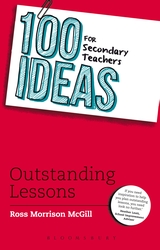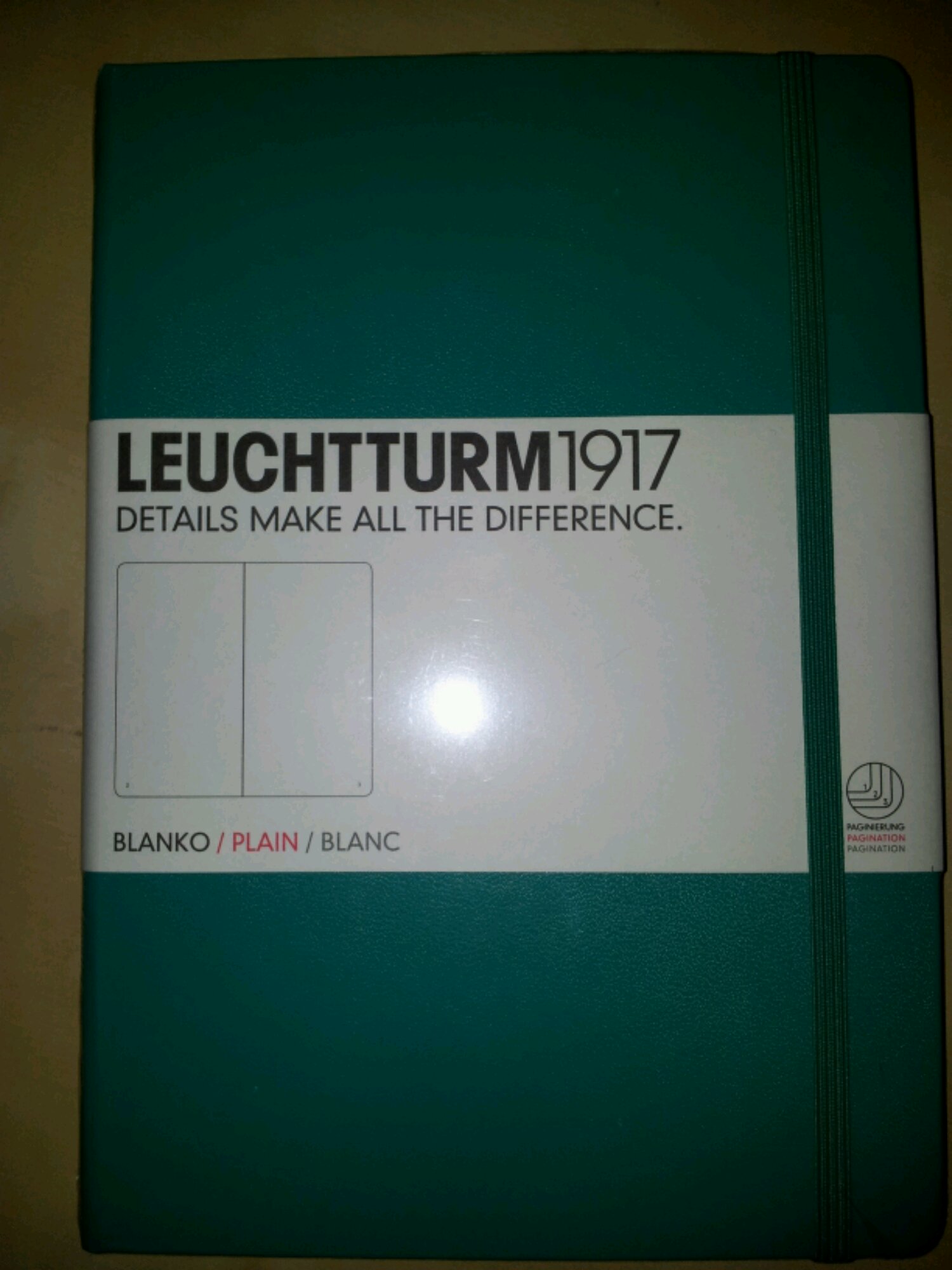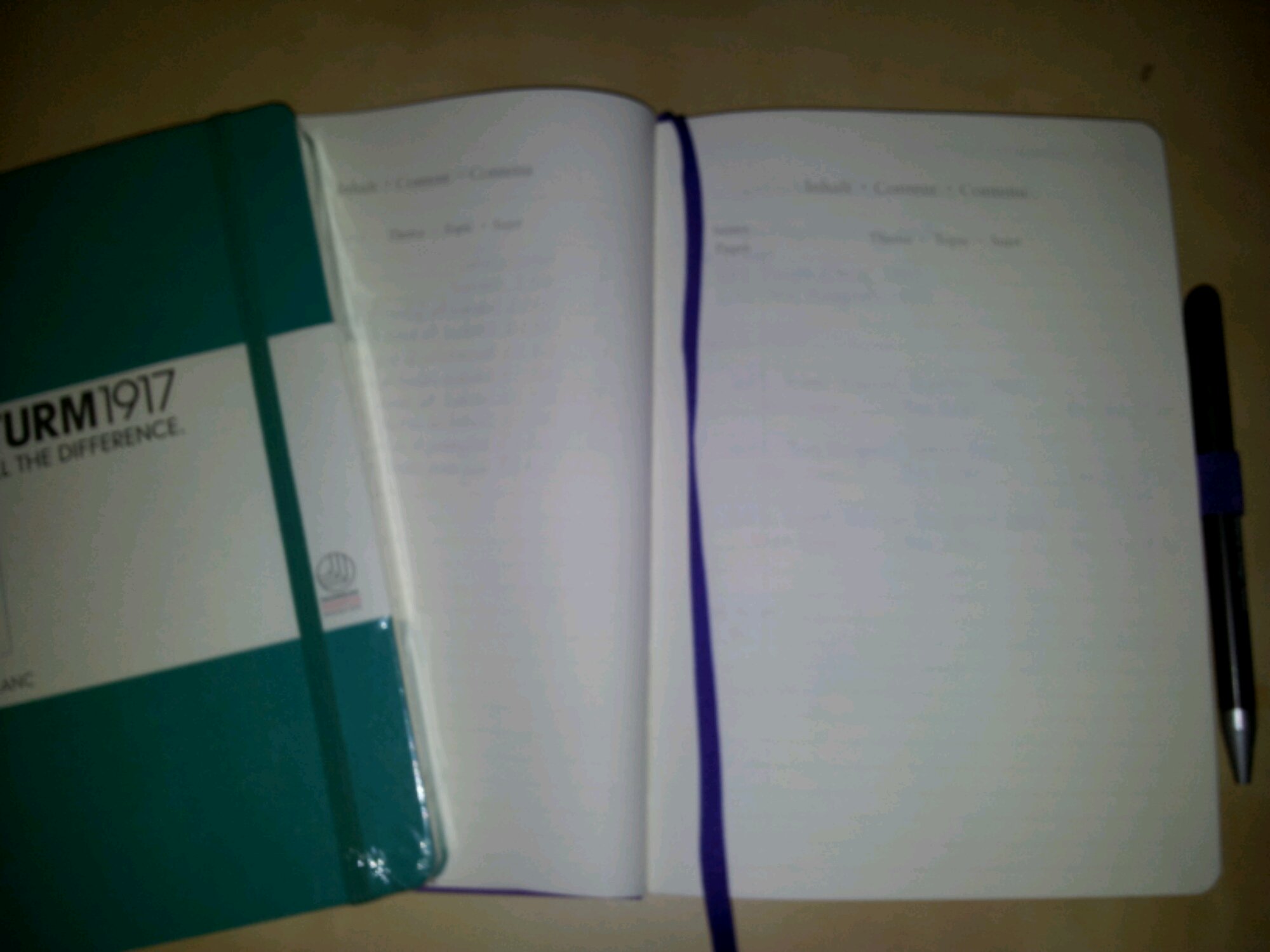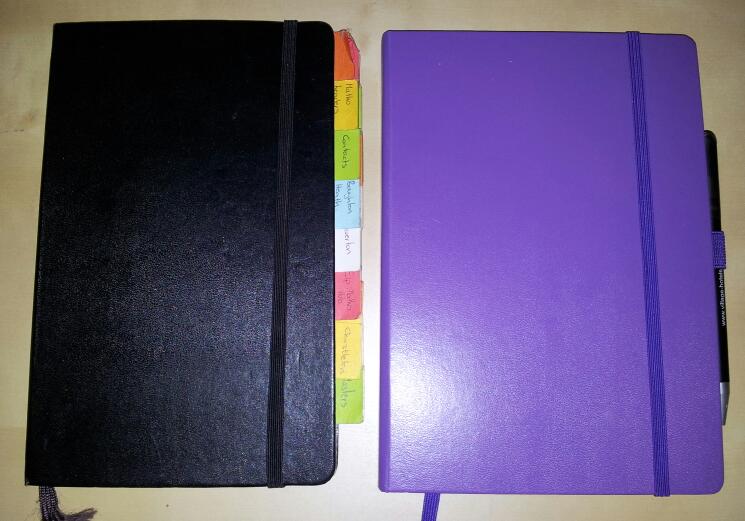Last week I responded to a request on Twitter from @missradders for people to share their wall display ideas. I tweeted a picture of my ‘Learning Wall’, which is a collection of the best ideas from other teachers from this year. I was surprised by the number of teachers who liked it and wanted to know what was on there. So here you go – my ‘Learning Wall’ with interactive links to where all the ideas and resources came from. If you hover your mouse over the image hotspots will appear. It is made using the ThingLink website, using a free teacher subscription.
Category Archives: Links
214. My first takeaway homework
If you have been on Twitter recently you may have seen educators sharing their ‘Takeaway’ homeworks. The idea is in Ross Morrison-McGill’s splendid book ‘100 Ideas for Secondary Teachers: Outstanding Lessons’ (@TeacherToolkit). Maths teachers have started embracing this concept and sharing their menus online.
Image credit: Bloomsbury Press
I’ve written a ‘Takeaway’ homework aimed at Year 9 Level 6/7 students on constructions, plans and elevations. Each task has a monetary value based on difficulty and every student must complete at least three tasks to complete the minimum £12 of homework. I personalised my in-school version to include the websites we subscribe to and books we use. I’m looking forward to seeing what my students hand in and I will update this post when they do.
202. Curling your A-Level
Whilst watching the Winter Olympics it occurred to me that the sport of curling would be an excellent discussion starter for teaching the motion of particles, momentum & impulse.
- The motion of the curling stone on ice relates to F=ma.
- The moment the player pushes off the hack, whilst still pushing the stone relates to the motion of connected particles.
- The collision of stones relates to momentum and impulse.
- The action of the sweeper changes the friction.
On YouTube I discovered this physics video by NBC Learning. They have many videos explaining the Science of the Winter Olympics.
I pulled my ideas together in this Prezi, which allows plenty of student discussion: the task is blank for your own resource as I used a textbook.
201. BBC Crispies
There was an interesting discussion on the BBC Breakfast programme this morning about the exchange of maths teaching ideas between British and Chinese teachers.
The guests on the sofa were from the NCETM and a serving Head of Maths. There was mention of the innovative ideas used to teach Maths in Britain – including some of mine. I’m not being presumptive, I happen to know that Head of Maths – in fact some of his ideas are on this site (JDs Tree Diagrams). So just in case you missed Breakfast, here is some Cake.
200. Website/Resource of the week 4
Wow! This is proper blog post number 200. How should I mark this occasion? Why, by recommending another splendid site of course!
To quote the folks themselves: JustMaths is born from the passion and spirit of three full time teachers at the “most improved school in England” (January 2013).
The site has both free and subscription resources. The latest initiative is the ‘Bread & Butter’ worksheets. It consists of straight-forward starter worksheets to practice essential skills for students: Just Maths: Bread & Butter. My class use them every lesson and I’ve noticed a real improvement in their confidence and quality of solutions in just two weeks.
199. Video of the week: Constructing Pentagons
I came across this video whilst looking for 3D construction ideas for a 7 year olds homework. It is a very easy to follow video explaining how to construct a pentagon using a ruler, pencil anda pair of compasses. When I say easy, I mean it. The voiceover is in Spanish and all my knowledge of Spanish comes from watching ‘Dora the Explorer’ with the children – and I still understood how to do this.
Not only will it help pupils improve their fine motor skills using compasses, you could also ask more able students why it works. You could also ask Spanish speakers to translate!
196. Gadget of the day 6
It’s been a while since I’ve had a gadget of the day. Today is more of a stationary item of the day. I’m a fan a moleskine books and the number of index markers mine have hanging out of them is a standing joke.
Now I’ve discovered Leuchtturm 1917 books.
Just like basic moleskine books they come in plain, lined and squared paper versions. Just like moleskine they are hardback, have an elastic closure and wallet in the back cover.
Unlike moleskine books, they have a blank index and every page is numbered. This makes finding specific notes really easy and doesn’t require excessive sticky tabs. You can also get pen loops, so you don’t lose your favourite pen. I definitely think my notes look more professional/organised now: Left has 17 sticky tabs, right has an index.
You can purchase both moleskine and Leuchtturm books from most big stationers or online.






